Could not save your registration. Please try again.
Great, you are now registered. Welcome to the club and look forward to our updates.

Preparation with a hand filter, also known as pour over, has been a big trend in the speciality coffee scene in recent years, accompanied by discussions about the best techniques and tools.
How do you make coffee with a hand filter? And what equipment do you need?
Preparation with a hand filter, also known as filter coffee or pour over, has been a real trend in the speciality coffee scene in recent years and there has been a lot of discussion about the best techniques and tools. But the filter method is not only interesting for the Brewers Cup Championships and speciality coffee shops. Basically, it's a straightforward way to brew a delicious cup of coffee without spending a lot of money.
You don't need much for the filter method - you can start with a limited set and add to it as you go.
Light to medium-dark roasted coffee is particularly suitable for preparation with the filter. The coffee should be as fresh as possible, i.e. the roasting date should not be more than 3 months ago, but it should have rested a little (approx. 5 days after the roasting date)
We recommend using 6g of freshly ground coffee per 100ml of water, which can be adjusted to the desired quantity. So if you want to brew a total of 300ml of coffee, you need 18g of coffee.
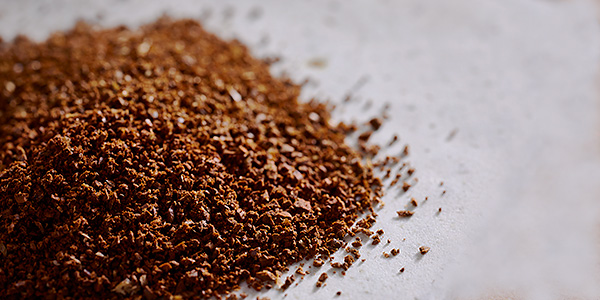
Coffee consists of 99% water and the latter is therefore a very important component of your coffee. We recommend a water hardness of approx. 8 dH (German degrees of hardness). The water temperature also has a major influence on which and how many flavourings are released from the coffee.
As a general rule, if the water is too hot, the coffee tastes more bitter overall; if the water is too cold, the coffee becomes more acidic. The perfect water temperature is around 93ºC. However, this also depends on the roast, lighter coffee roasts can be brewed at higher temperatures (e.g. up to 98ºC) and slightly darker coffee roasts at lower temperatures (e.g. up to 88ºC).
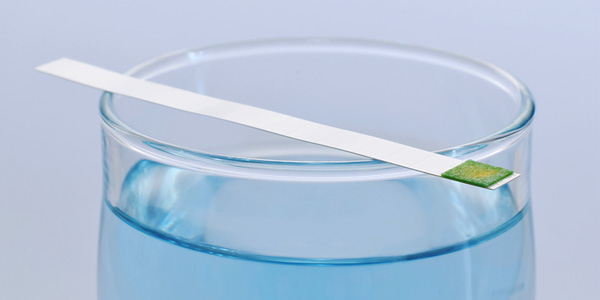
Whether you use an electric grinder or a hand grinder is irrelevant, but the grinder should be of the highest possible quality to ensure that the coffee particles are all ground to the same size. Lower quality grinders can produce unevenly ground coffee and many particles that are too fine. These tiny coffee fragments are extracted very quickly and can unbalance your cup.
Grind size: A medium coarse grind should be selected. If you are already familiar with brewing with a portafilter machine, the coffee should be ground much coarser in comparison. When you rub the ground coffee in your fingers, it should feel like medium-coarse sea salt (e.g. kosher salt).
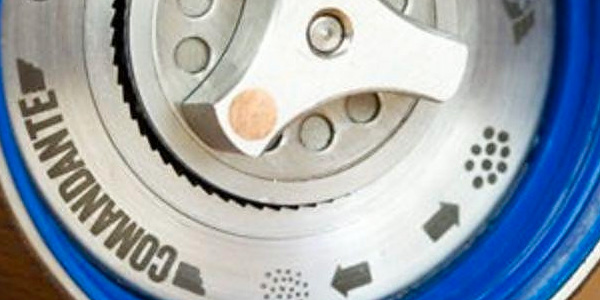
The filter holder is ideally made of porcelain or glass, as these materials are neutral in flavour and heat up quickly.
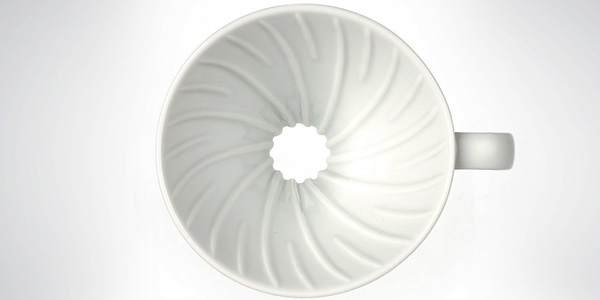
Hario V60 filter paper is well suited to emphasising the acidity and floral notes while allowing a reasonable amount of coffee oils to pass through the thin filter, allowing a certain body to emerge.
Chemex, with its slightly thicker filter paper, retains more of the oils from the beans, resulting in a coffee with more complexity. Both filter papers are very good. It is also important that the size of the filter paper is matched to the filter holder.
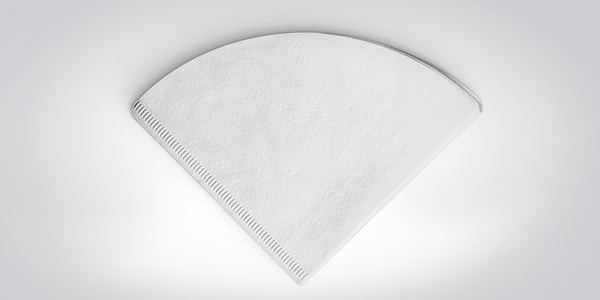
The kettle used for pouring water into the filter should have a thin swan neck. This shape makes it much easier for the water to flow evenly. In kettles with shorter spouts, the water tends to pour out unevenly.
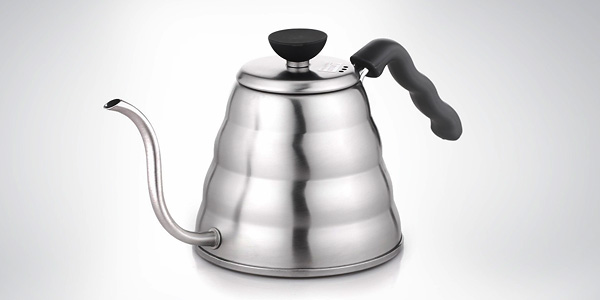
There are various precision scales on the market. A scale of a certain size is particularly suitable here so that the jug with filter holder can be placed on it easily. Ideally, the precision scale also has a timer so that you can keep a close eye on the amount of water and the time.
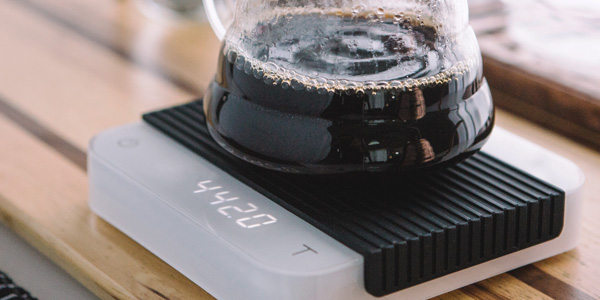
A short guide on how to make coffee with the hand filter.
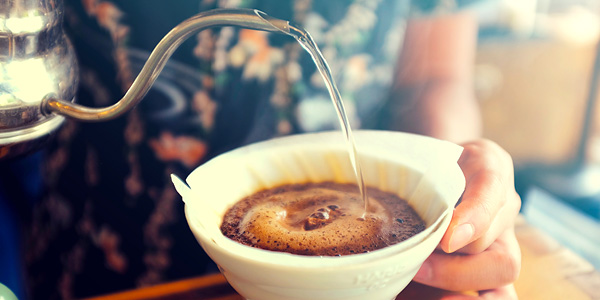
Equipment
Mise en place
Place the hand filter on the jug and the paper filter in the hand filter. It is best to use a precision scale with integrated time measurement for coffee preparation so that you can determine the exact ratio of coffee to water. If you have one, place the jug and filter on the precision scale.
The first step is to boil water in a kettle and run it through the paper filter on your Hario V60 to remove the inherent flavour of the paper and to warm up the jug and filter holder. You then pour this filtered water away and the actual process can begin.
Set the weight on your precision scale to zero and pour 18g of medium-coarse freshly ground coffee into the V60 filter. Then set the weight to zero again and start your time measurement. For blooming and the brewing process, your water temperature should be around 93ºC.
There is no real brewing recipe. The dosage of coffee is and always will be a matter of taste.